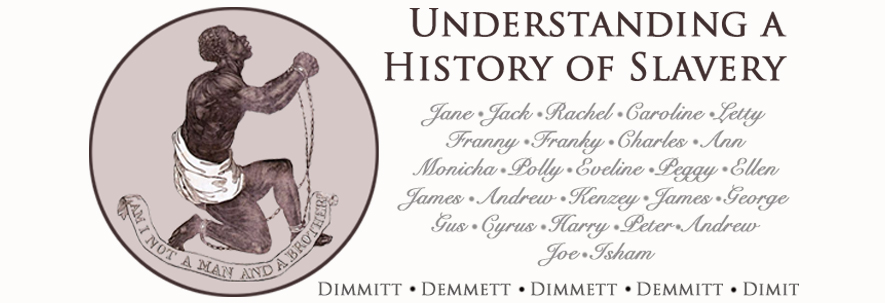I grew up in rural northern
California, in an area which was predominantly "white". I can recall when the first “Mexican” family
moved to our town. I was excited to meet
the young boy, who was my age. His name
was Juan Cicenaros.
I moved to Southern California in
my Junior High through High School years.
I was then exposed to many different people, from many different
cultures. It was a time of personal
growth, and an array of different cultures were opened to my eyes.
In 2014, while looking through the findagrave.com website, I came across a photo of a beautiful young woman:
 |
| Florence Elizabeth Dimmitt - Waller |
I recall thinking curiously to myself that she looked somewhat "ethnic". I checked the link of Florence's father, Henry Clinton 'Clint' Dimmitt, and was surprised to find the following photos:
 |
| Henry Clinton Dimmitt's family |
 |
| Henry Clinton Dimmitt |
Florence and Clinton were black. My surprise came from the fact that I had traced the Dimmitt name back to at least, the mid 1500's in England. It's first appearance in America was noted in Baltimore Maryland in the early 1700's. I had never before seen the Dimmitt name associated with people who were of African descent. Here were people who shared my name, but who were they? I had to know who they were.
It is this process that led me to find, what to me was a surprising, and unwelcome part of our families' history. Having grown up as a boy, in a
world so far away from the historical racial struggles so prevalent in the
eastern states, there came a moment when I discovered my own families’
involvement in slavery. This was a
deeply troubling moment, and one which has not completely settled in my mind
and heart.
There are a few roads to take,
having obtained this knowledge. We could pretend
it didn’t happen. We could pretend that it was our families ‘right’. We could engage in ‘white guilt’, and self-loathing. But what good would
come of these? None of these paths would
result in a balance, wherein the proclamation that, “All men are created
equal” is realized. We are all equal. We are all sons and daughters, walking for a
short time on the face of this Earth.
So, without apology, I will look at the truths of the past,
without shying away, bowing down, or covering the realities of what
occurred. And in this way, we will lift up the humanity of ALL of our brothers and sisters who went
before. And in so doing, may we all see
ourselves as one.
James Dimmitt
Chico, California USA









